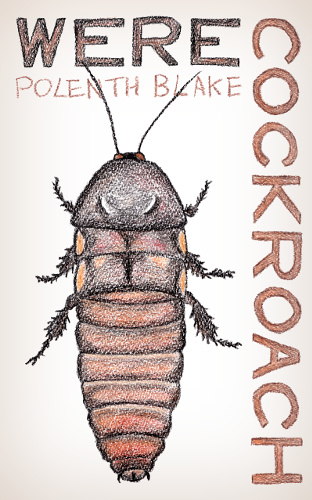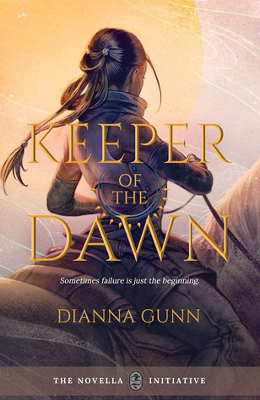It’s launch day for my new novella! Werecockroach is a tale of aliens and werecockroaches. I’ll talk a little bit about the book, including a few story notes with background on some of the themes. But first, here are some quick links if you want to skip all that. The book is available at Amazon US, Amazon UK and Smashwords. Other retailers are listed on the official book page. The page also has links to cover merchandise and a brief content guide.
Book Description
Rin moves into a new flat on the day the aliens arrive. Their new flatmates are laid-back Sanjay and conspiracy theorist Pete. It doesn’t take long to notice some oddities about the pair, like hoarding cardboard and hissing at people when they’re angry. Something strange is going on, but it’s not all due to the aliens.
The book also includes a bonus short story, from the perspective of one of the supporting characters from the novella.
On Cockroaches
The idea for the book came from having hissing cockroaches as pets. One of the biggest misconceptions when people find out about my pets is that they’re like the cockroaches that invade people’s kitchens. There are a lot of different species of cockroaches. Hissers aren’t one of the ones that people will see in their homes (outside of being pets).
They’re from the forests of Madagascar and eat things that have fallen to the forest floor. Pet cockroaches are fed mainly on fruit and vegetables, with a little meat protein here and there. They don’t smell strongly, they don’t fly, and they tame easily. All round, they’re very hardy and easy to keep.
They hiss in various different ways. The one people typical know is the loud disturbance hiss, but they make a number of other hisses. A common one is a soft hiss that accompanies normal daily activities. They’ll sometimes hiss to themselves and sometimes they’ll hiss back and forth with another cockroach. Some are more vocal than others. I’ve had some that hardly ever hiss to some that hiss softly for most of the time they’re awake.
The biggest thing I’ve learnt from keeping them is how much personality they have. Each cockroach is different. They like different foods and they react in different ways. They learn and remember, which is why they soon get to know that I’m not a dangerous predator who wants to eat them. They’re funny little critters, and if they could turn into humans, I’d be happy to invite them round for tea.
On Identity and Time
The characters in the novella share aspects of my identity, though it doesn’t mean that they have identical life experiences. One thing I had to consider was how age would change things. When I was younger, being androgynous was the only way that I’d heard to describe being non-binary, long before I’d ever heard the term non-binary. It also wasn’t uncommon for anyone who didn’t quite fit in a gay/straight divide to end up in the bisexual community, so that was primarily how I described myself when I was younger, rather than aromantic and asexual.
Rin wouldn’t have grown up with those experiences. Information has been much more available since the internet, as well as giving people better access to communities. This isn’t a bad thing, but it is a different thing, so the book was partly an exercise in considering how things might have gone differently if I’d been born a little bit later. Would I have chosen agender instead of androgynous to describe my gender? Would I have gone directly to aroace? I won’t ever really know, but it was likely enough to say that’s how it went for Rin.
My experiences of dyslexia (Rin) and sensory processing disorder (Pete) were also influenced by age. There was some awareness of dyslexia when I was younger, though it mostly didn’t go beyond maybe giving someone a bit of extra time in tests. I didn’t know SPD existed until I was well into adulthood. Before that, I was treated as being picky, because no one really acknowledged that those sensory things caused a lot of discomfort and pain.
Hidden hearing loss is probably the most influenced by time, as the studies that identified it were only in the 21st century. Even Rin would have been born before anyone knew about that. But I liked the idea of them knowing what was going on. It would have helped me to know a lot earlier than I did (I was obviously aware that I had tinnitus once I was old enough to realise that not everyone had loud sounds in their ears, but hidden hearing loss was a later thing).
What has stayed about the same is my experience of race, because people react much the same way now as they did when I was younger. Not everything is progress.

 Series: Wayward Children, #1
Series: Wayward Children, #1 First Published: 18th April, 2017
First Published: 18th April, 2017 Series: Tao, #3.5
Series: Tao, #3.5 Collection: Solitary Travelers
Collection: Solitary Travelers